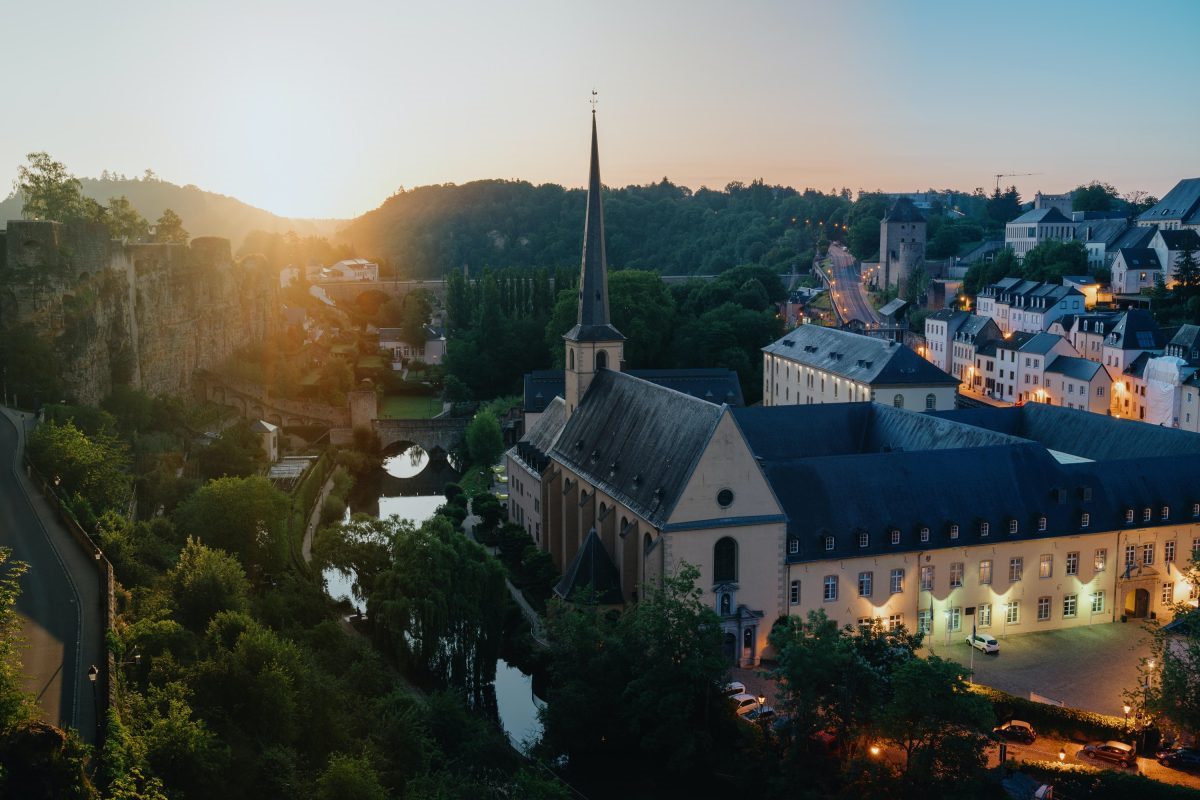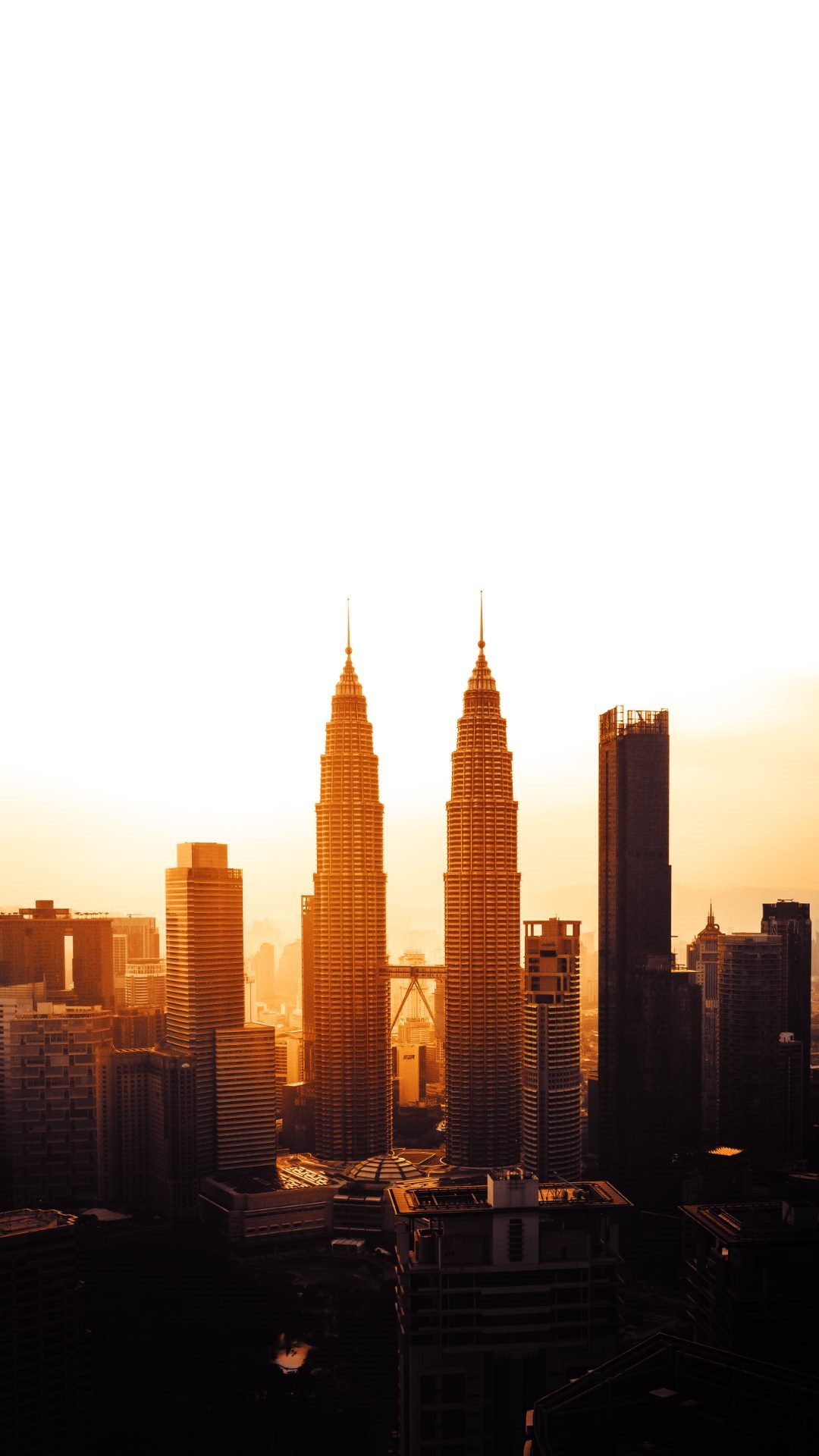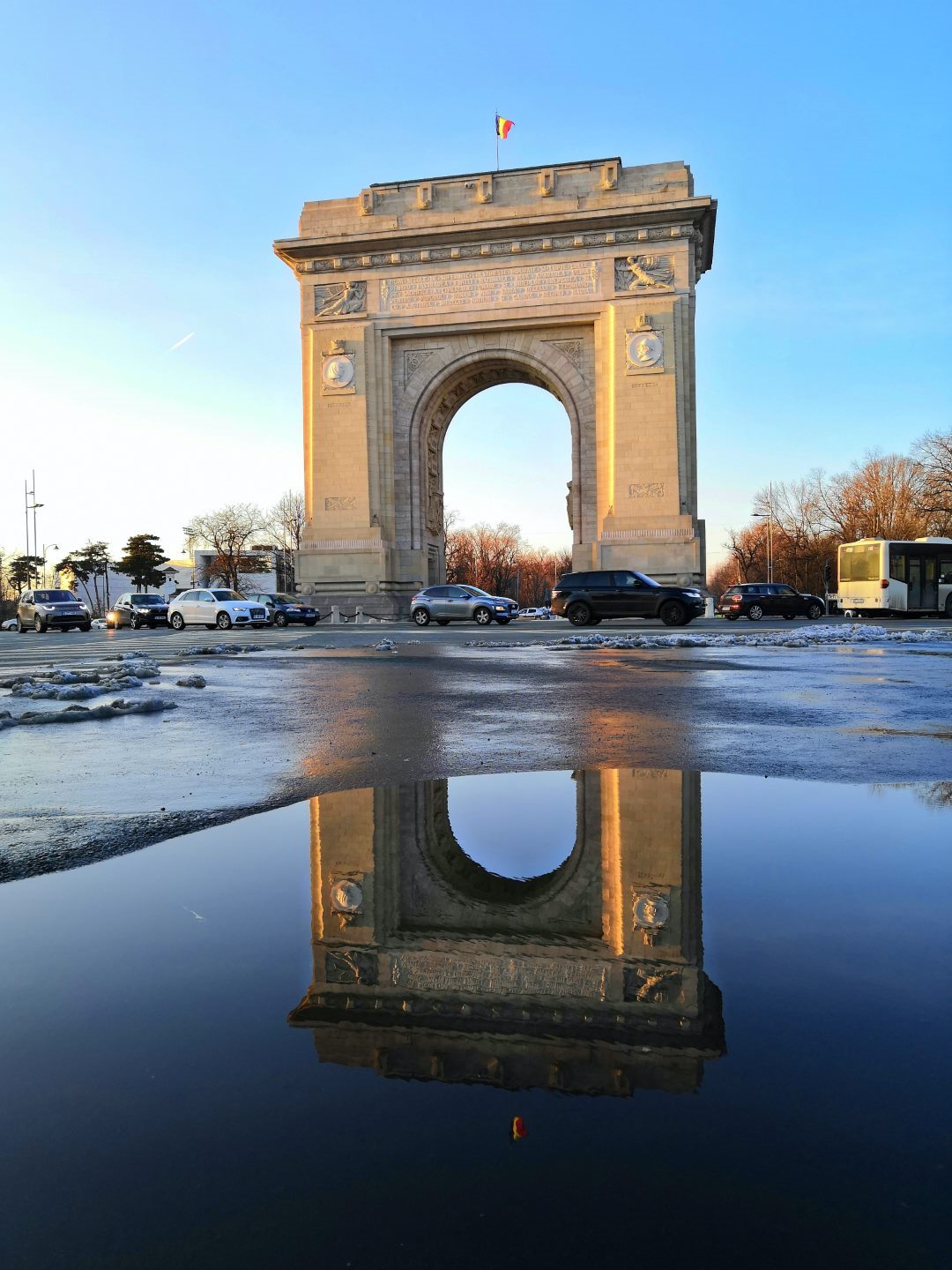Bhutan: 8 Day All Inclusive Himalayan Kingdom of Bhutan Tour
Are you planning to visit Bhutan, the land of happiness, and enjoy the pristine nature and unique culture? Look no further than the 8 day all-inclusive Himalayan Kingdom of Bhutan tour. In this blog post, we will guide you on how to plan your tour in Thimphu, the capital of Bhutan and the center of its culture.Day 1: Arrival in Paro and Thimphu Acclimatization Day
Your journey to Bhutan starts with the arrival at Paro airport, a spectacular experience with its steep approach and breathtaking views of the snowcapped Himalayan peaks. Upon arrival, you will be received by your guide and driver with traditional Bhutanese hospitality, and driven to Thimphu, the capital city. On your first day, we suggest acclimatizing to the altitude of 2,320 m (7,610 ft) by enjoying a leisurely walk around the town, which is both lively and peaceful. You will visit some of the famous landmarks of Thimphu, such as the National Memorial Chorten, a stupa that honors the third king of Bhutan, and the Buddha Dordenma statue, a majestic 51-meter-tall Buddha statue overlooking the city. You will also have the opportunity to visit the Takin Preserve, where you can see Bhutan’s national animal, the Takin, a unique-looking creature.Day 2: Exploring Thimphu
Your second day in Thimphu will be dedicated to exploring the city’s sights and meeting the locals. You will visit the National Library, which has a vast collection of ancient Buddhist scripts, and the Painting School, where the art of traditional Bhutanese painting is preserved. You will also have the chance to visit the Royal Textile Academy, where you can learn about Bhutan’s rich textile heritage and see the production process. In the afternoon, you can stroll around the weekend market, where farmers from nearby areas come to sell their fresh produce, and mingle with the locals. You can also visit the Changangkha Lhakhang, a temple perched on a hilltop near Thimphu, where you can receive a blessing from a resident monk.Day 3: Drive to Punakha
On your third day, you will leave Thimphu and drive to Punakha, a historic city located in the subtropical valley of the Mo Chu River. On the way, you will stop at Dochula pass, a mountain pass where you can enjoy panoramic views of the Himalayas and visit the 108 chortens built by the queen mother. In Punakha, you will visit the Punakha Dzong, one of the most majestic fortresses in Bhutan, which was built in the 17th century at the confluence of two rivers. The fortress served as the capital and seat of government until the mid-19th century and is now a religious and administrative center.Day 4: Hike to Khamsum Yulley Namgyal Chorten
Your fourth day will be dedicated to a moderate hike to Khamsum Yulley Namgyal Chorten, a temple built by the Queen Mother, Ashi Tshering Yangdon Wangchuck. The temple is located on a hilltop overlooking the Punakha valley, and the hike takes around two hours through a beautiful countryside landscape. On the way back, you will visit the Sangchhen Dorji Lhuendrup Lhakhang Nunnery, a nunnery that houses a beautiful temple and a meditation center.Day 5: Drive to Paro
On your fifth day, you will leave Punakha and drive back to Paro, where you will spend the next three days. In Paro, you will visit some of the most famous landmarks of Bhutan, including the Taktsang Monastery, also known as the Tiger’s Nest, a sacred site perched on a cliff at 3,120 m (10,240 ft) altitude. The monastery is an iconic image of Bhutan and a must-visit for any traveler to the country.Day 6: Cultural Tour in Paro
Your sixth day in Bhutan will be dedicated to a cultural tour of Paro. You will visit the Drukgyel Dzong, a fortress built in the 17th century to commemorate Bhutan’s victory over Tibetan invaders, and the Kyichu Lhakhang, one of the oldest and most sacred temples in Bhutan, which was built in the 7th century. You will also have the chance to visit a traditional farm-house and learn about the local way of life.Day 7: Visit Bhutan’s Oldest Buddhist Temple
Your seventh day in Bhutan will be devoted to a visit to Bhutan’s oldest Buddhist temple, the Jambay Lhakhang, built in the 7th century by the Tibetan King, Songtsen Gampo. The temple is located in the Bumthang valley, which is considered the cultural heartland of Bhutan, and is surrounded by beautiful countryside scenery. You will also visit the Kurjey Lhakhang, a temple where Guru Rinpoche meditated and left his body imprints on a rock, and the Tamzhing Lhakhang, a temple founded by the famous saint, Pema Lingpa.Day 8: Departure
On your last day in Bhutan, you will have breakfast at your hotel and bid farewell to your guide and driver, who will take you to the airport for your flight back home. You will return home with unforgettable memories of the pristine nature, authentic culture, and warm hospitality of Bhutan. To book your 8 day all-inclusive Himalayan Kingdom of Bhutan tour, book the tour here. Get ready for an adventure of a lifetime!
Frequently Asked Questions About Thimphu – The Capital City of Bhutan
1. What is Thimphu known for?
Thimphu is the capital city of Bhutan, located in the western part of the country. It is known for its scenic beauty, traditional architecture, and cultural significance. The city is home to many cultural landmarks and museums such as the National Memorial Chorten and the Folk Heritage Museum. Thimphu is also known for its vibrant nightlife, markets, and festivals such as the Thimphu Tshechu festival.
2. What is the best time to visit Thimphu?
The best time to visit Thimphu is during the autumn months from late September to mid-November, and during the spring months from mid-March to mid-May. During these months, the weather is pleasant and perfect for outdoor activities like trekking and sightseeing. However, Thimphu can be visited throughout the year as the city has its own unique charm in all seasons.
3. What are the popular tourist attractions in Thimphu?
Thimphu boasts of several popular tourist attractions such as:
- The National Memorial Chorten: A beautiful white stupa built-in 1974 in memory of the third King of Bhutan.
- The Tashichho Dzong: A stunning fortress-like monastery that houses the throne room of His Majesty the King of Bhutan and other government offices.
- The Buddha Dordenma: A gigantic statue of Lord Buddha made of bronze and gilded in gold located at Kuensel Phodrang.
- The National Textile Museum: A museum that showcases the history and art of Bhutanese textiles and their significance in the Bhutanese culture.
- The Folk Heritage Museum: A museum that displays the traditional lifestyle, culture, and artifacts of the Bhutanese people.
4. What are the best places to shop in Thimphu?
Thimphu is a paradise for shoppers who are looking for traditional Bhutanese handicrafts and souvenirs. The popular shopping places in Thimphu are:
- The Norzin Lam Street: The main street in Thimphu that has several shops selling handicrafts, souvenirs, and traditional Bhutanese costumes and jewelry.
- The Craft Bazaar: A market that sells authentic Bhutanese handicrafts made by local artisans such as Thangka paintings, wooden bowls, handmade paper products, and traditional weaving products.
- The Weekend Market: A market that takes place every Friday to Sunday, selling fresh local produce, handicrafts, and souvenirs.
5. How can I get around in Thimphu?
Thimphu has a good public transportation system with buses and taxis available for local travel. Besides, walking and cycling are great options to explore the city. One can also hire a private car with a driver or a guide to explore the city and nearby areas. Motorcycle rentals are also available for adventurous travelers.
6. What are the traditional foods of Thimphu?
Bhutanese cuisine is known for its spicy flavors and a unique blend of rice, chili peppers, and meat. Some of the popular traditional dishes of Thimphu that one must try are:
- Ema Datshi: A spicy dish made with chili peppers and cheese.
- Phaksha Paa: A dish made with pork belly, chilies, and radish.
- Jasha Maroo or Spicy Chicken: A dish made with boneless chicken, onion, tomatoes, ginger, and chili peppers.
- Red Rice: A Bhutanese staple of good-quality rice that is nutritious and flavorful.
- Sikham Paa: A dish made with dried pork, chilies, and radish.
7. What is the dress code in Thimphu?
Thimphu is a conservative city that places great emphasis on traditional values and customs. Therefore, visitors are advised to dress modestly when exploring the city. It is customary for both men and women to wear long pants and shirts with long sleeves. Shoes must be removed when entering religious sites and monasteries. Women are advised to avoid tight or revealing clothes, while men should not wear shorts or go shirtless in public.
8. Is Thimphu safe for tourists?
Thimphu is a safe and peaceful city with a low crime rate. The Bhutanese people are warm, friendly, and helpful, making it a great destination for tourists. However, as with any travel destination, visitors are advised to take general safety precautions such as not carrying valuables in crowded places and avoiding isolated areas at night.
9. What are the festivals celebrated in Thimphu?
Thimphu is known for its vibrant and colorful festivals that celebrate the rich cultural heritage and history of Bhutan. The popular festivals celebrated in Thimphu are:
- Thimphu Tshechu: A major festival that takes place in the courtyard of Tashichho Dzong, in honor of Guru Rinpoche. The festival features masked dances, music, and drama.
- Jhomolhari Mountain Festival: A festival that celebrates the unique culture and environment of the communities living along the base of Jhomolhari Mountain.
- Wangdue Phodrang Tshechu: A festival celebrated in Wangdue Phodrang Dzongkhag, a district of Thimphu. The festival features masked dances and traditional Bhutanese music.
10. What is the currency used in Thimphu?
The Bhutanese currency is called Ngultrum (BTN). Tourists can exchange their foreign currency with the Ngultrum at the banks or at the currency exchange centers located across the city.
Book Your Tour Now
Thimphu is a fascinating city with a rich cultural heritage, stunning landscapes, and a warm and welcoming people. Whether you want to explore the city’s cultural landmarks, try delicious Bhutanese cuisine, or shop for traditional handicrafts and souvenirs, Thimphu has something for everyone. With this detailed FAQ, we hope to have answered some of your questions about the city and inspired you to plan your visit to this unique and beautiful part of the world.

How to Spend Your Time as a Tourist in Thimphu
Thimphu, the capital of Bhutan, is a beautiful city that has a mix of traditional Bhutanese culture and modern development. The city is full of life with vibrant markets, beautiful landscapes, and temples. If you are planning a trip to Thimphu, here are some things that you can do to spend your time as a tourist in Thimphu.1. Visit the Tashichho Dzong
Tashichho Dzong is a beautiful fortress that houses the administrative offices and the throne room of the King of Bhutan. It is a beautiful mix of traditional and modern architecture and is a must-visit place in Thimphu. The dzong is open to visitors during the weekends and is a great place to learn about the history and culture of Bhutan.2. Explore the Weekend Market
The Weekend Market is a bustling place where locals come to sell their produce and goods. The market is open on Saturdays and Sundays, and you can find everything from fresh fruits and vegetables to traditional Bhutanese handicrafts. It is a great place to see the local way of life and to try out some local delicacies.3. Visit the Buddha Dordenma Statue
The Buddha Dordenma Statue is a 169 feet tall statue of Buddha, which is located on a hilltop overlooking Thimphu. It is one of the largest Buddha statues in the world and is a must-visit place when in Thimphu. The statue is surrounded by beautiful gardens and offers panoramic views of the city.4. Learn About Bhutanese Culture at the National Folk Heritage Museum
The National Folk Heritage Museum is an excellent place to learn about the culture and traditions of Bhutan. The museum houses different artifacts, including traditional clothing, utensils, and religious objects, which showcase the Bhutanese way of life. It is a great place to visit if you are interested in knowing more about Bhutan’s unique traditions.5. Hike to the Tango Monastery
The Tango Monastery is located on a hilltop and is accessible only by hiking. The hike to the monastery is around 2-3 hours long, and it takes you through beautiful forests and offers excellent views of the Thimphu valley. The monastery is known for its excellent architecture and is a peaceful place to visit.6. Stroll around the Centenary Farmers Market
The Centenary Farmers Market is a great place to visit if you want to try out some Bhutanese cuisine. The market is a popular spot among the locals and offers different local delicacies, including cheese, honey, and different types of meat. It is a great place to stroll around and to interact with the local vendors.7. Visit the Memorial Chorten
The Memorial Chorten is a stupa located in the heart of Thimphu. It was built in the memory of the third king of Bhutan and is a popular place for the locals to offer their prayers. The stupa has beautiful carvings and paintings, and it is a peaceful place to visit and offer your prayers.8. Take a Day Trip to Punakha
Punakha is the old capital of Bhutan and is a great place to visit if you want to see the traditional Bhutanese way of life. The Punakha Dzong is a must-visit place and is known for its beautiful architecture and rich history. The day trip to Punakha is around 2-3 hours long, and it takes you through beautiful landscapes and offers great views of the Himalayas.Book Your Tour Now
Thimphu is a beautiful city that offers a mix of traditional Bhutanese culture and modern development. There is a lot that you can do in Thimphu, and the above-listed activities are just a few of them. When in Thimphu, be sure to interact with the locals and to try out some of the local delicacies. Happy traveling!Table of Contents

